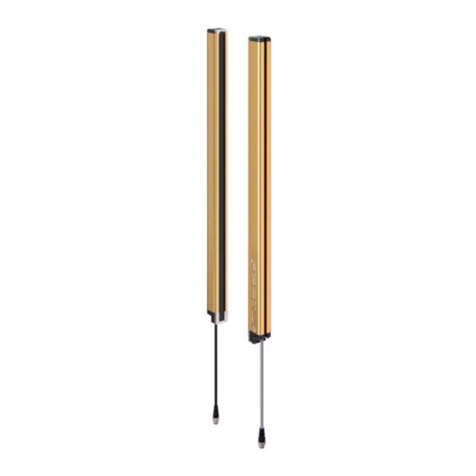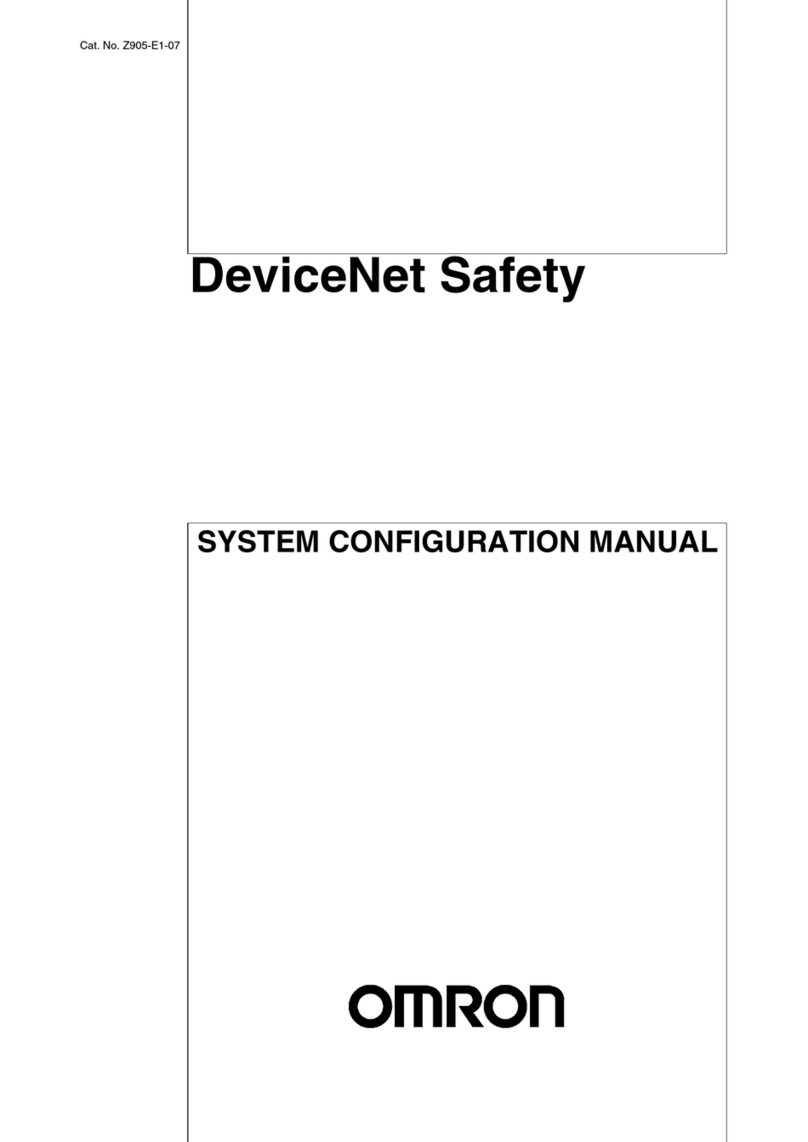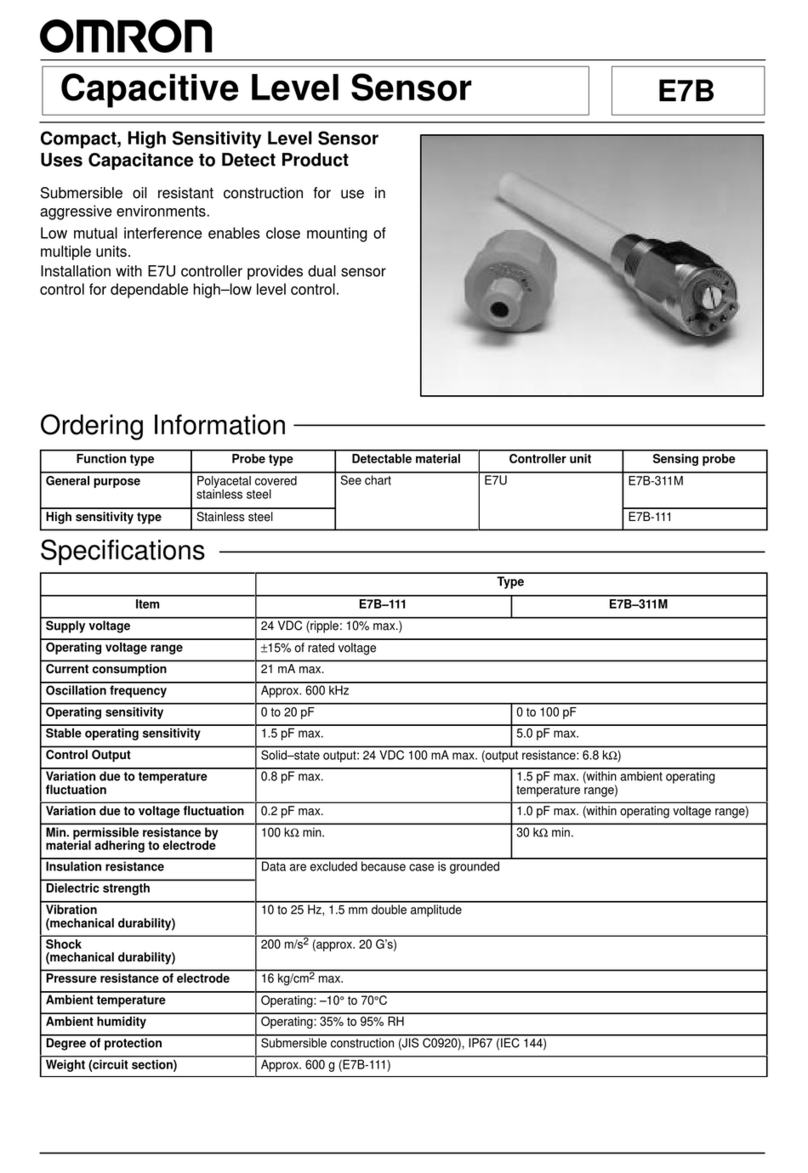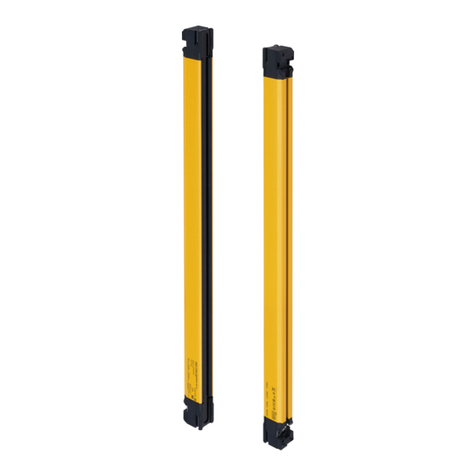Omron F3SP-U5P-TGR User manual
Other Omron Security Sensor manuals
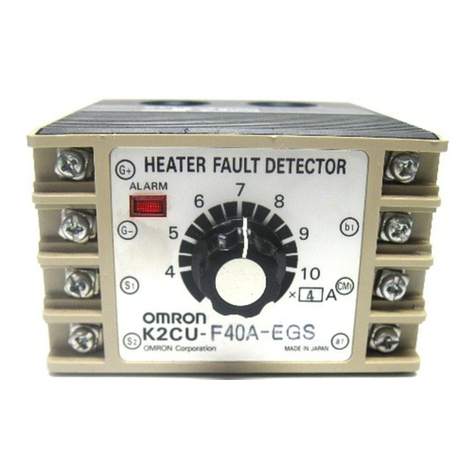
Omron
Omron K2CU - User manual

Omron
Omron K8AC-H2 User manual
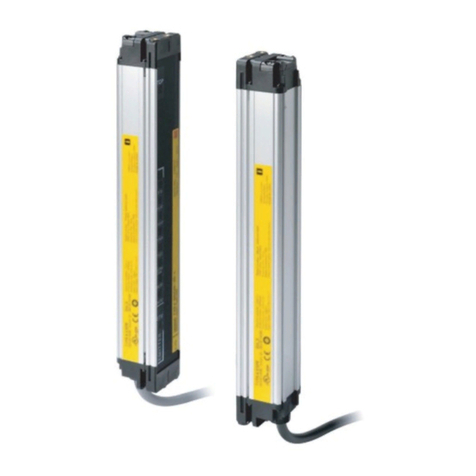
Omron
Omron F3SJ-B**P25 Series User manual

Omron
Omron F3SG-4RA****-25-01TS Series Operating and maintenance instructions
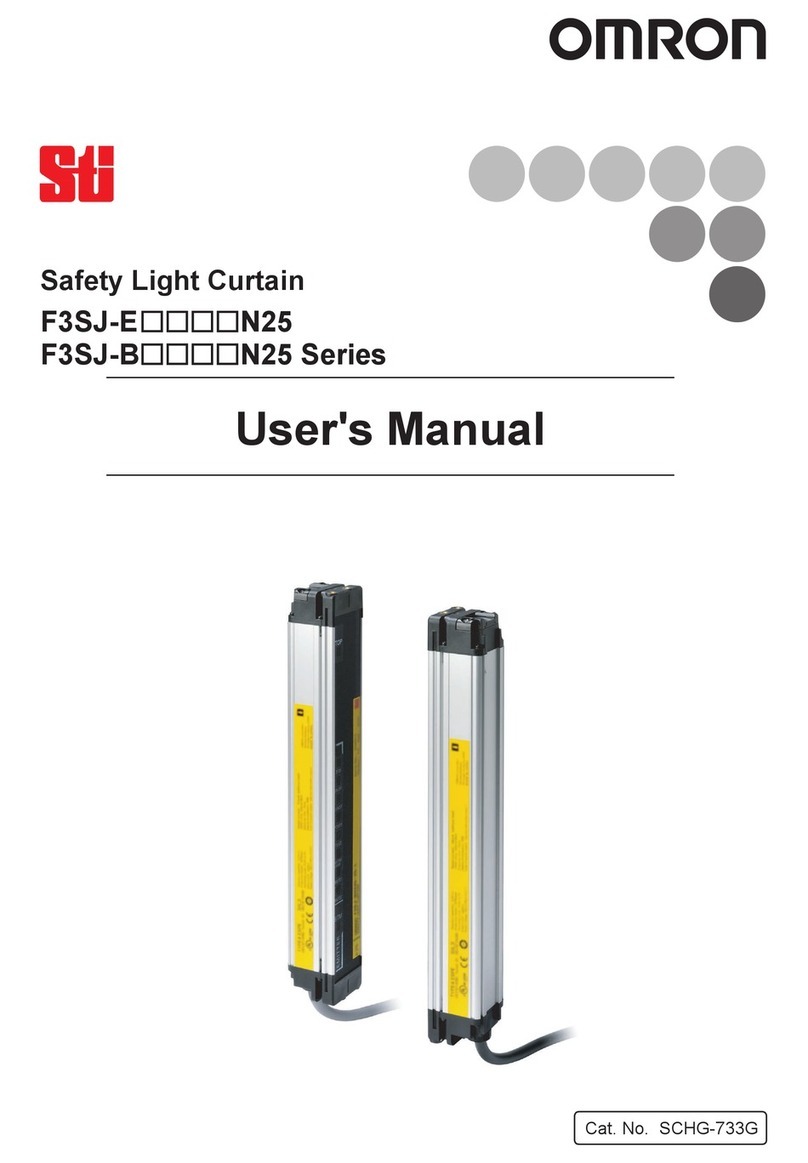
Omron
Omron Sti F3SJ-E N25 Series User manual
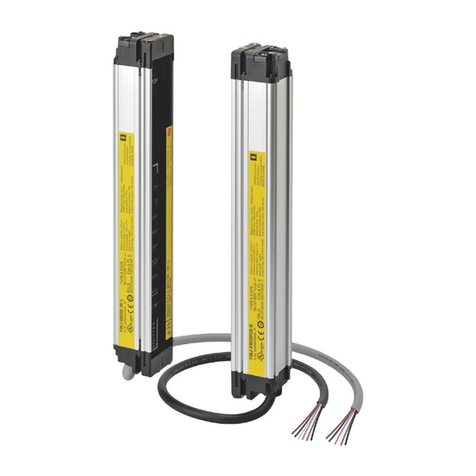
Omron
Omron F3SJ-E0185P25 User manual
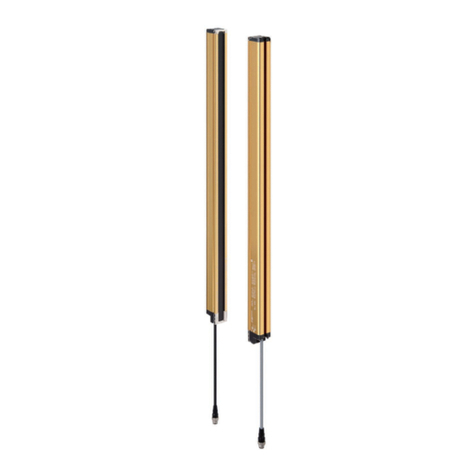
Omron
Omron F3SG-R Series User manual
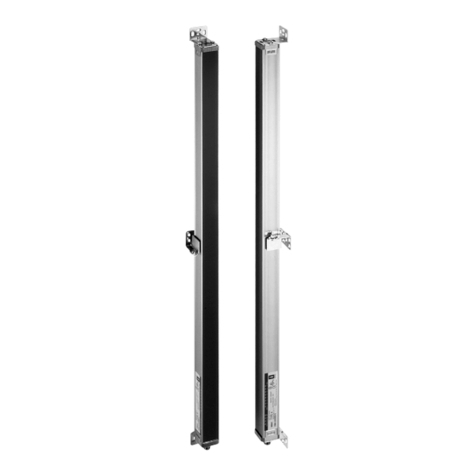
Omron
Omron F3SN-A - User manual
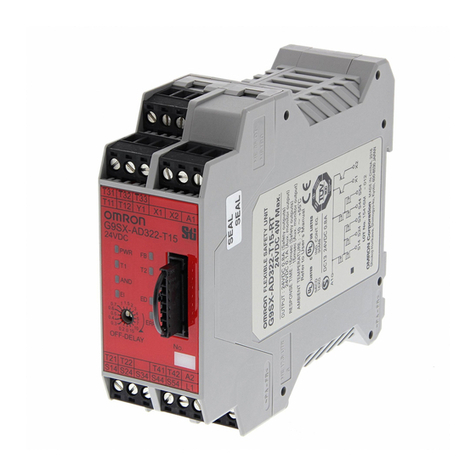
Omron
Omron G9SX Series User manual
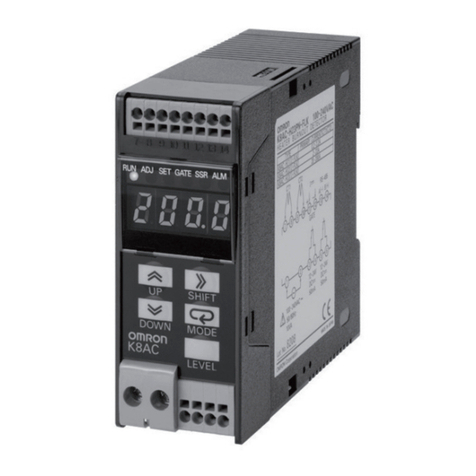
Omron
Omron K8AC-H Series User manual
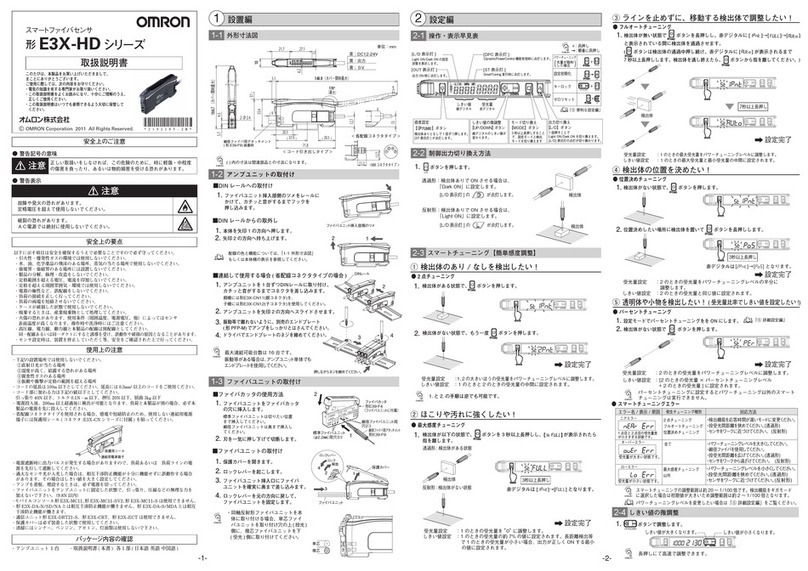
Omron
Omron E3X-HD11 User manual
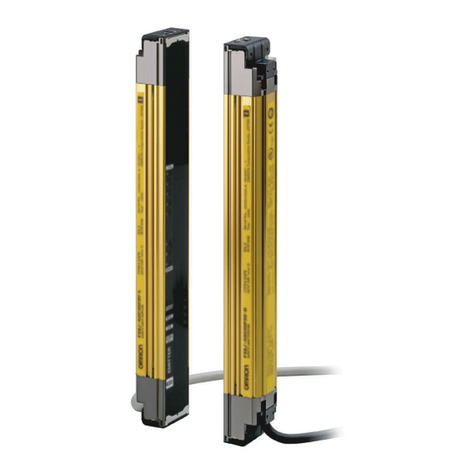
Omron
Omron F3SJ Series User manual
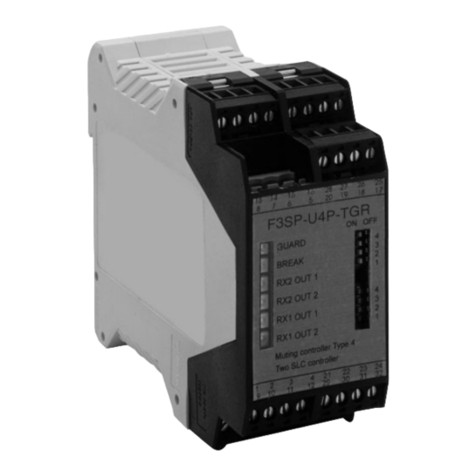
Omron
Omron F3SP-U4P-TGR User manual
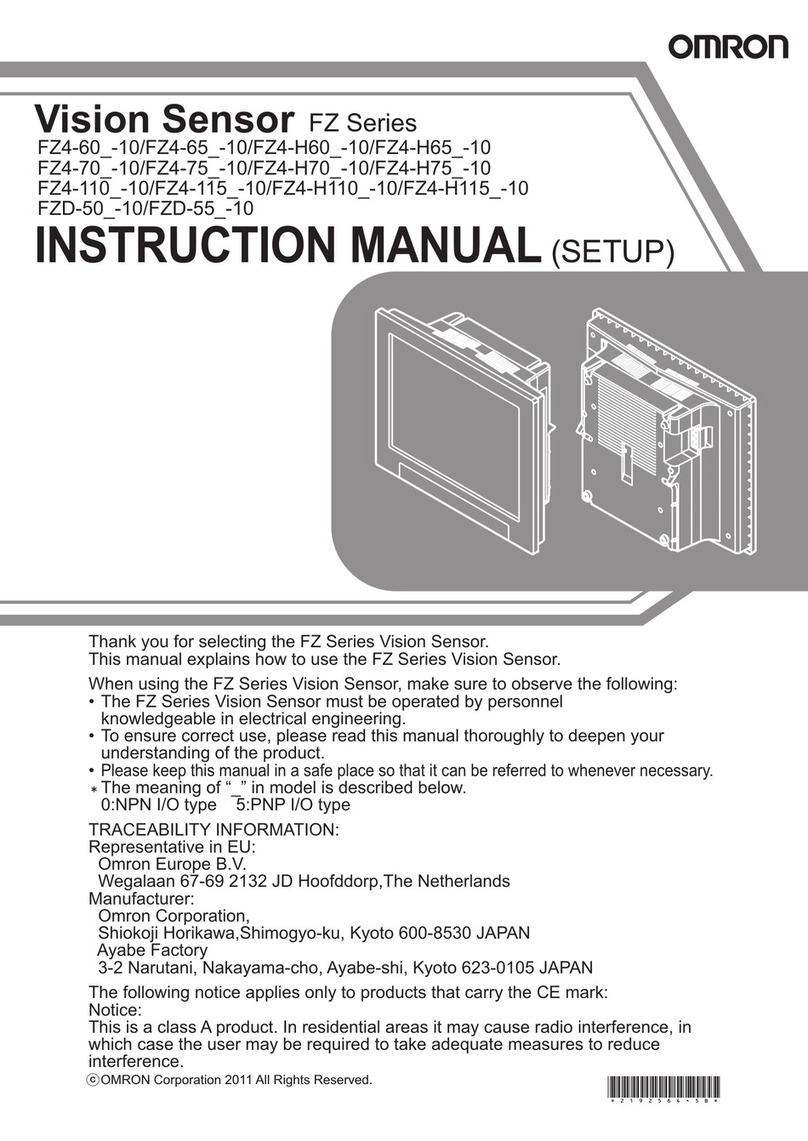
Omron
Omron FZ4-60 10 Series User manual
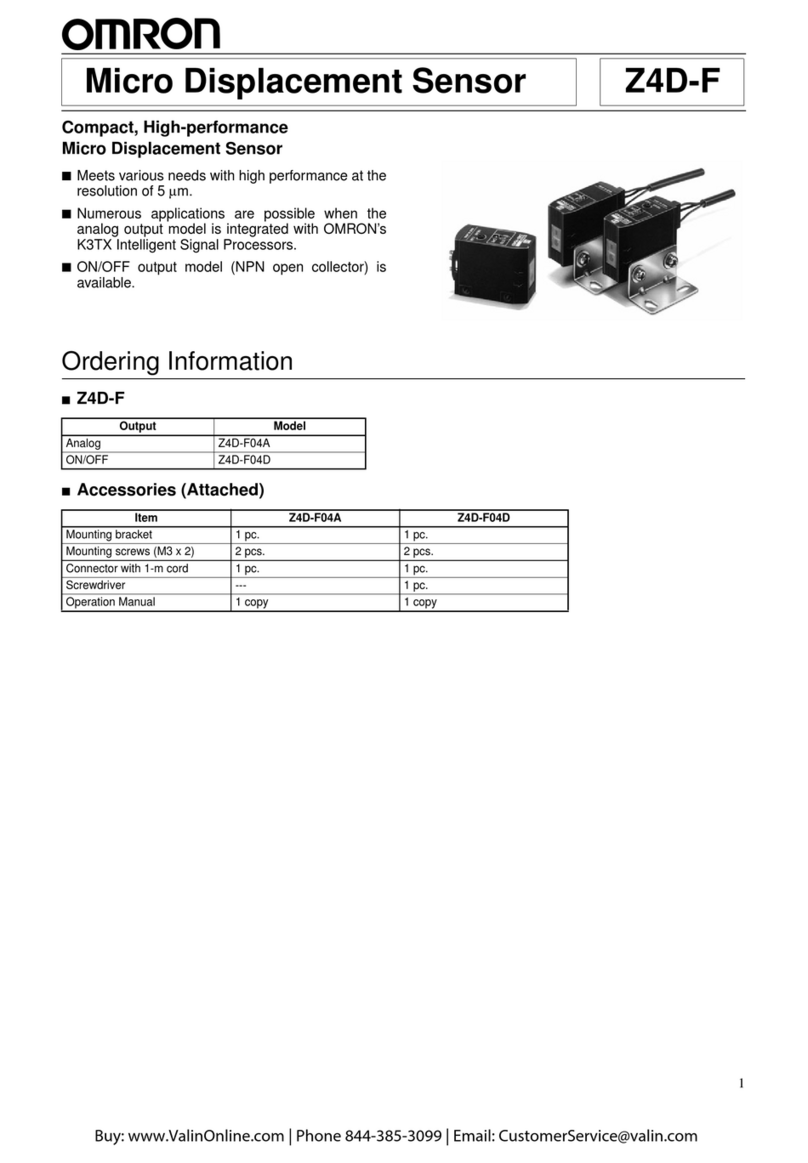
Omron
Omron Z4D-F User manual
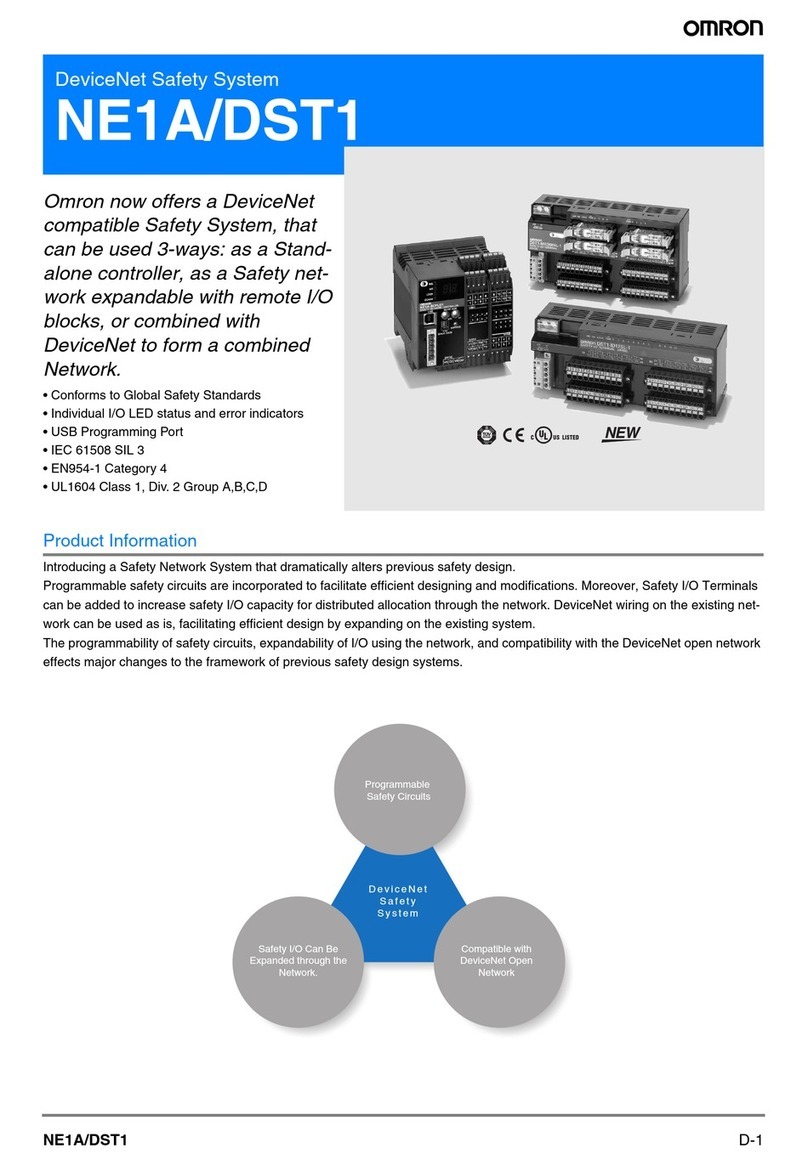
Omron
Omron DST1 Series User manual
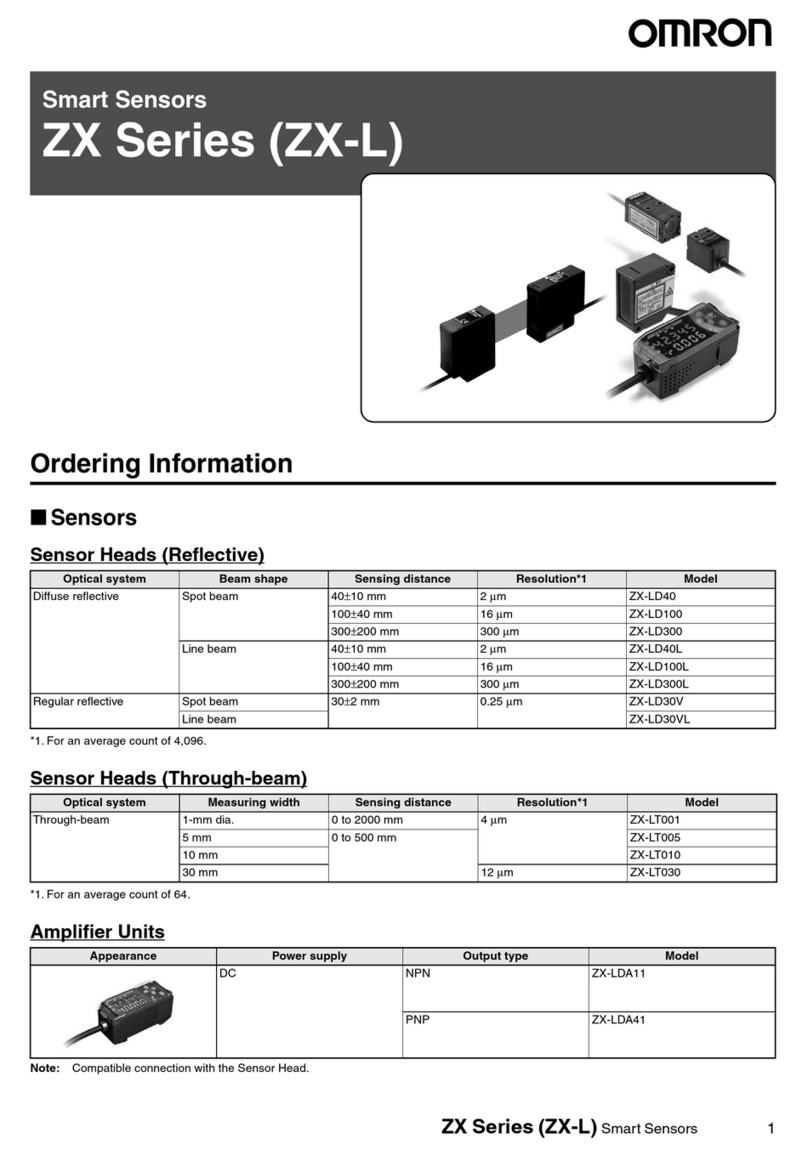
Omron
Omron ZX-L User manual
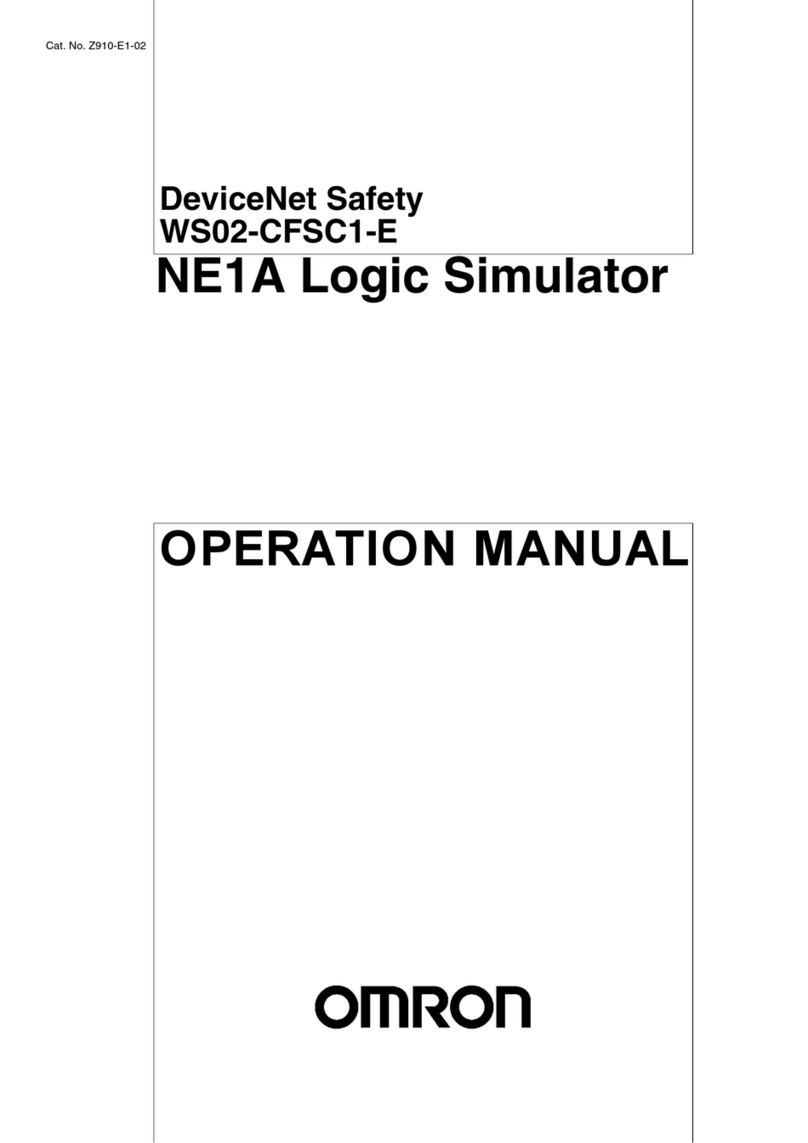
Omron
Omron WS02-CFSC1-E User manual
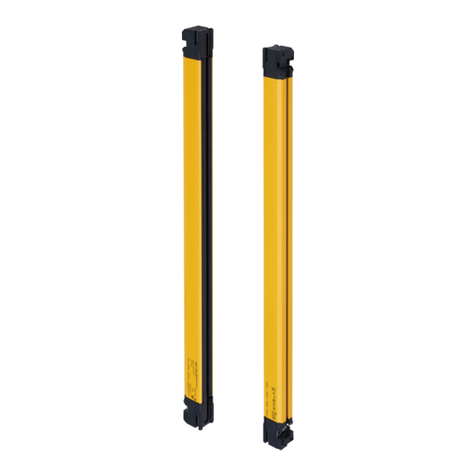
Omron
Omron F3SG-SRB Series User manual
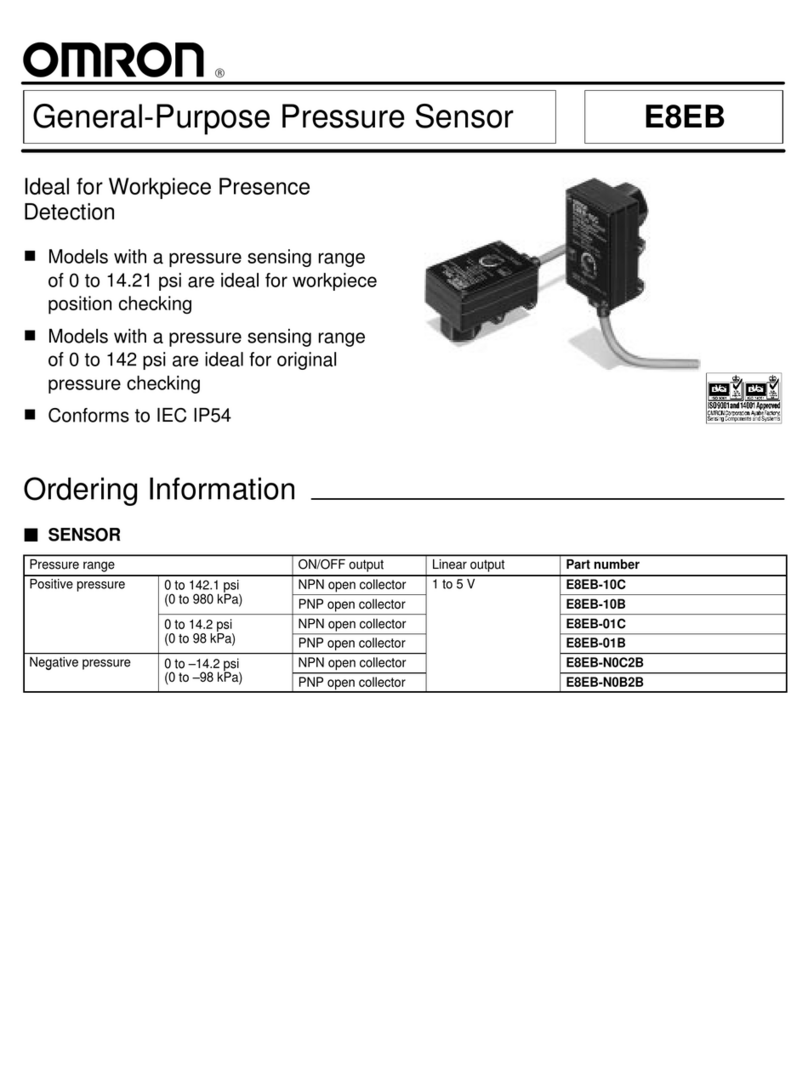
Omron
Omron E8EB User manual
Popular Security Sensor manuals by other brands

Honeywell Home
Honeywell Home PROSiXCOCN Installation and setup guide

Duevi
Duevi SIRPZ-RB-868 Operation

RKI
RKI 65-2483RK Operator's manual

Nortech
Nortech PD160 Enhanced Series user manual

Agilent Technologies
Agilent Technologies G8610 Series Quick reference card

Shinko
Shinko SE2EA-1-0-0 instruction manual

Det-Tronics
Det-Tronics X Series instructions

ACR Electronics
ACR Electronics COBHAM RCL-300A Product support manual

TOOLCRAFT
TOOLCRAFT 1712612 operating instructions

Elkron
Elkron IM600 Installation, programming and functions manual

Bosch
Bosch WEU PDO 6 Original instructions

THORLABS
THORLABS PDA10JT user guide
